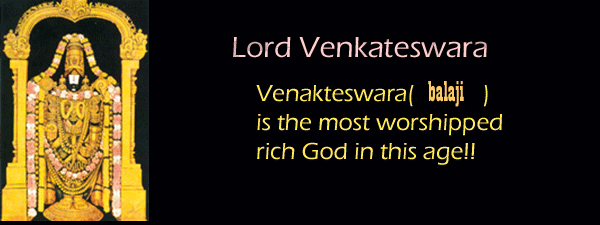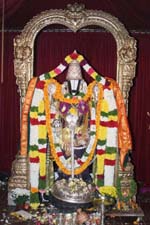

 |
 WHY BALAJI IDOL WORSHIP ??Idol worship is not animism practised by the so-called primitive peoples and cultures, as colonialist anthropology would have us believe. Faith in it opens up many gates of spirituality. A recent book on the first encounter of medieval Arabian Muslims with idol worship in India reveals their curiosity and respect for this path to God-realization instead of intolerant iconoclasm they became infamous for.Esoteric Brahmanism which evolved a complex system of Archa or image worship is rooted in Balaji's idol. The deity is the first image of any god or goddess that manifested spontaneously. Bhakti (devotion) path has nothing to do with sandhya, vandana, japa and other rituals, which are all means of worship and are all right, but worship of divine images is accorded primacy in bhakti or devotion. Attachment to the deity's image detaches the devotee from samsara, this world, and enables him to realize the supreme being as Narayana. It is worth noting that Balaji's right hand is pointing downward towards his feet just above the knee, indicating that worshipping him will liberate one from kneedeep illusions of worldly existence. Thus, not only is the main idol in Tirumala believed to be of divine origin, it is also connected with divine sanction for Archa worship. The earlier yugas or eras, offered a tough yogic path of penance, mental concentration and meditation. Archa is to enable all in Kaliyuga, the present era of darkness, to achieve God realization through less tedious means of intense love and devotion. Lord Venkateswara (balaji) is also known as Pratyaksha Daivam (manifest divinity) who helps his devotees in distress even if they do not or cannot help themselves, thus contradicting a simplistic adage. This is, of course, linked to one's yogam or spiritual entitlement. courtesy: M. Raghu Ram |